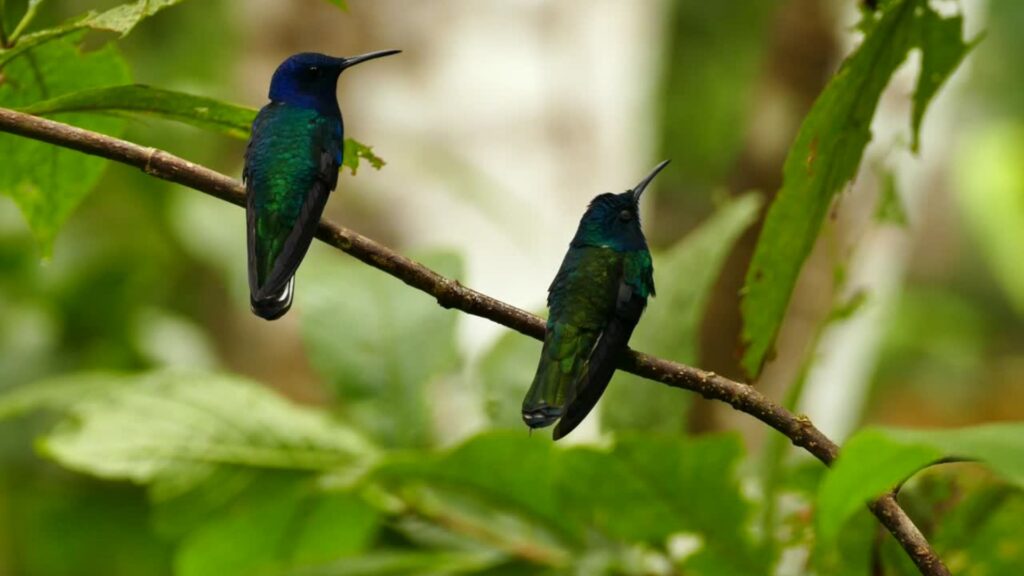Your cart is currently empty!

Hummingbird Flight Mastery: The Only Bird That Can Fly Backwards
Hummingbird backwards flight ? Hummingbirds, those tiny airborne marvels, possess a unique ability that no other bird species shares: the power to fly backward. With their remarkable wing structure and incredible flight techniques, hummingbirds have become symbols of agility and precision in the animal kingdom.

The secret behind their backward flight lies in their extraordinary wing movement. Unlike most birds, which move their wings in a simple up-and-down motion, hummingbirds rotate their wings in a circular pattern. Each wing can rotate 180 degrees in both directions, allowing them to generate lift and thrust in any direction. This remarkable ability enables them to perform complex aerial maneuvers, including hovering, flying sideways, and, of course, flying backward.

The powerful musculature of a hummingbird also plays a crucial role in their flight abilities. Roughly 30% of their body weight is concentrated in their wing muscles, allowing them to flap their wings 50 to 80 times per second—faster than any other bird species. This rapid wingbeat is what makes their backward flight possible, but it also allows them to quickly change direction, which is vital when foraging for nectar or evading predators.
So, why do Hummingbird backwards flight? This unique ability is not just a beautiful spectacle—it plays a vital role in their feeding behavior. When hummingbirds feed on nectar, they need to hover in front of flowers, but they must also pull away without damaging the flowers. Flying backward allows them to retreat smoothly from the flower while maintaining a steady position in the air. This precision helps them maximize their foraging efficiency, making sure they can access multiple flowers in a short amount of time.

In addition to backward flight, hummingbirds possess other remarkable traits that contribute to their remarkable lifestyle. They are capable of hovering in place, much like a tiny helicopter, which allows them to feed from flowers without landing. Their tiny size belies their power; hummingbirds can reach speeds of up to 50 to 60 kilometers per hour, making them one of the fastest birds relative to their size. Their heart rate is also astonishing—reaching up to 1,200 beats per minute—fueling their fast-paced, energy-intensive way of life.
Despite their small size, hummingbirds are truly extraordinary creatures. Their ability to fly backward is a rare phenomenon in the animal world, and it highlights just how versatile and adaptable nature can be. With agility, speed, and precision, hummingbirds demonstrate that sometimes strength doesn’t come from size, but from skill and finesse. They are a living testament to the marvels of evolution—tiny, yet capable of feats that many larger animals could only dream of.

Imagine the strength and agility required to move like a miniature helicopter, hovering between flowers to collect nectar from the tiniest blooms. This is the extraordinary world of hummingbirds—master acrobats of the air, performing feats that remain unmatched in the animal kingdom. These tiny aerial performers continue to inspire awe and wonder, reminding us of nature’s boundless creativity and ingenuity.
Leave a Reply